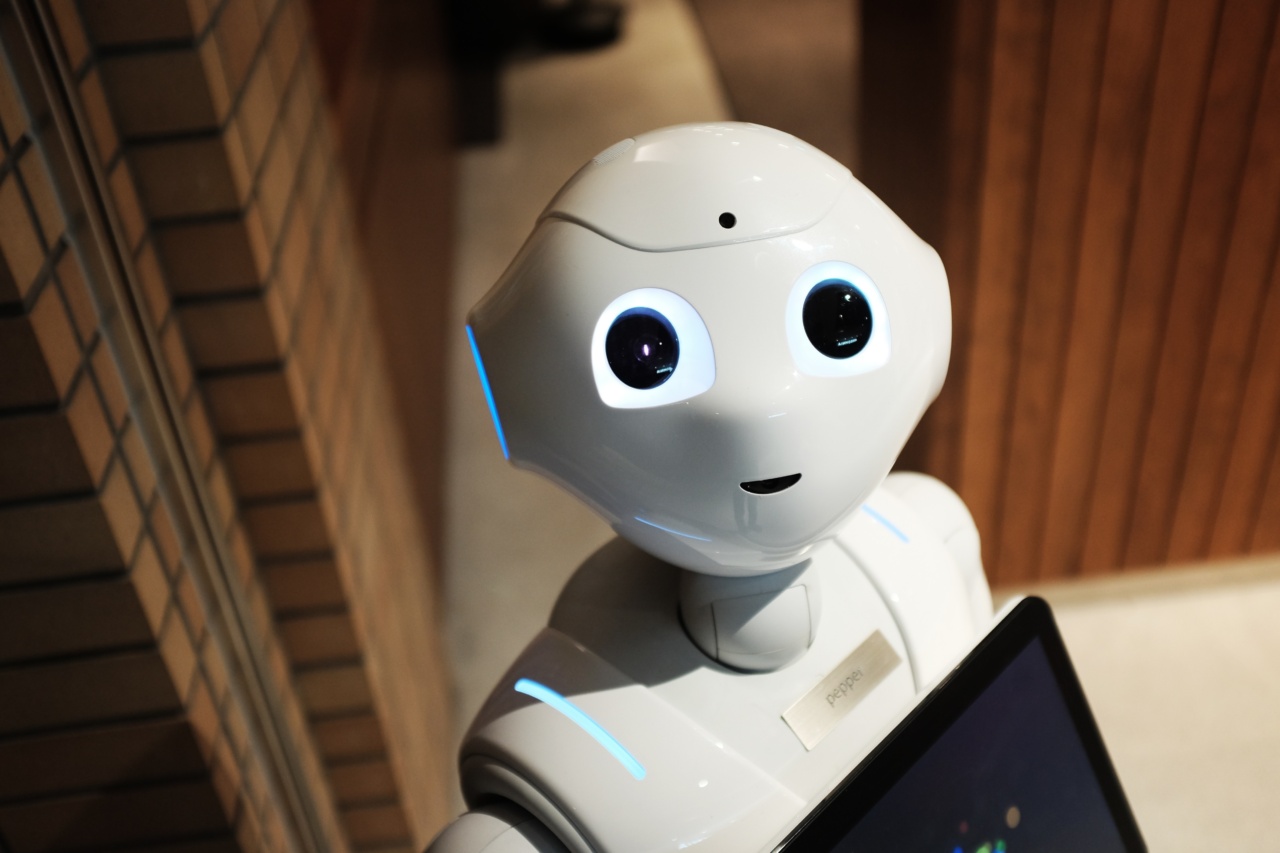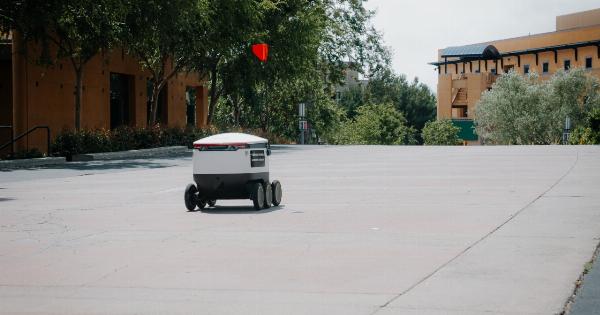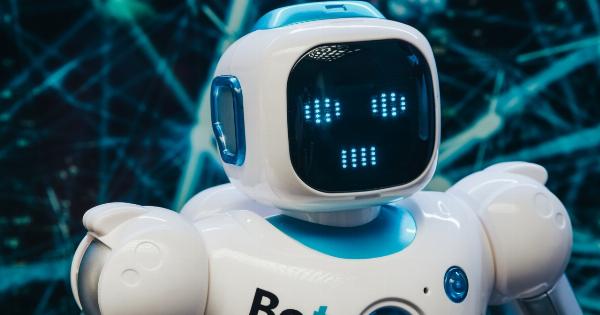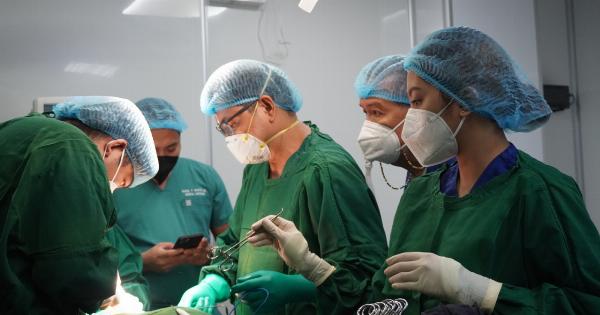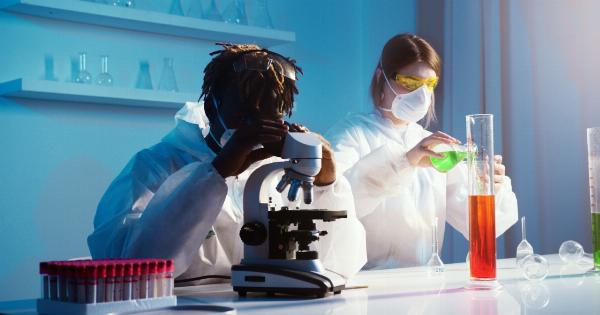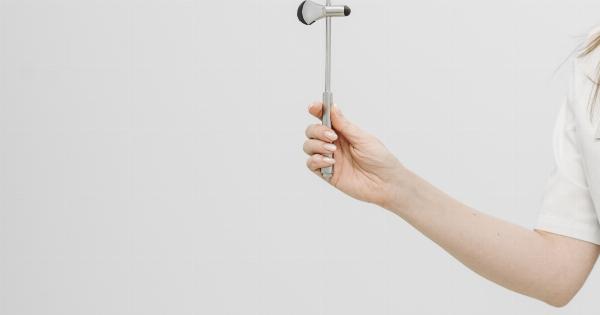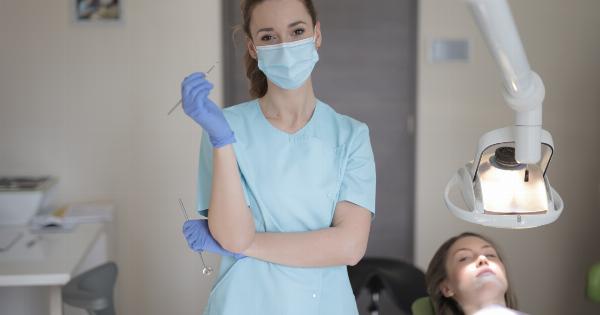The development of robotic technology has revolutionized healthcare and is rapidly transforming the field of cardiac surgery.
Robots have become increasingly popular in the medical industry, especially in surgery, with various benefits like increased precision, reduced pain, and shorter hospital stays. However, the latest breakthrough is creating autonomous robots that can perform critical surgeries without human intervention. In this article, we will explore the future of cardiac surgery and meet the first autonomous robot surgeon.
Benefits of Autonomous Robot Surgeons in Cardiac Surgery
Autonomous robot surgeons can handle complex and risky procedures with a higher degree of precision and accuracy compared to human surgeons.
With the ability to perform precise movements and work for extended periods with minimal rest, surgeons will be able to perform more surgeries with fewer errors.
Another benefit of autonomous robot surgeons is that they can minimize risks associated with human error. Surgery performed by a human is susceptible to human error, which can cause irreparable damage to the patient’s body.
Robots, on the other hand, do not suffer from such errors, as they follow pre-programmed protocols that take into account the patient’s unique anatomy and other factors that could impact the procedure’s outcome.
Furthermore, autonomous robot surgeons can work tirelessly without succumbing to fatigue or other issues.
They can work continuously to perform multiple surgeries every day without suffering from exhaustion, which could lead to complications and other problems associated with human surgeons.
Current Challenges in Cardiac Surgery
Despite the advancements in surgery technology, cardiac surgeries pose a high risk to patients. Cardiac surgery requires immense skill and precision, which can be challenging even for the most skilled human surgeons.
Additionally, cardiac surgeries require a lot of energy, often resulting in fatigue, increased surgical time, and increased risk of complications.
Also, heart surgeries are often performed on individuals with high-risk factors such as existing medical conditions and advanced age, which requires an expert’s touch.
The First Autonomous Robot Surgeon
Recently, a team of doctors and engineers announced a breakthrough in cardiac surgery, creating the world’s first autonomous robot surgeon.
The robot was designed to perform coronary artery bypass graft surgery, one of the most complex procedures in cardiac surgery.
The development of the robot took several years of rigorous testing, machine learning, and software development to ensure the machine had the capabilities to perform the approach correctly.
The robot was trained using a vast database of imagery and data available from thousands of previous surgeries.
The robot surgeon is made up of multiple components, including an advanced camera system that weighs about 3.5kg and has two high-resolution cameras.
There is also an electronic control system that drives the robot cinching mechanism and the instruments. The surgeon uses three robotic arms to perform the surgery, which are equipped with advanced imaging and sensing capabilities that provide real-time data to the machine learning algorithms.
By analyzing this data, informed by the massive dataset available to the robot through machine learning, the autonomous robot surgeon can make real-time decisions about the surgery’s next steps.
It uses a range of algorithms to ensure every cut and incision is made with optimum precision, so the resulting surgery is minimally invasive and low risk.
Future of Cardiac Surgery with Autonomous Robot Surgeons
The development of autonomous robot surgeons is transforming the future of cardiac surgery.
The use of robots in surgery reduces the need for human intervention and offers minimally invasive surgery options with a higher degree of precision than ever before. Additionally, the implementation of robotics reduces the potential for surgical errors and complications.
With the aging global population and the increasing incidence of chronic diseases like diabetes, cardiac surgeries will continue to be in demand.
Autonomous robot surgeons offer a sophisticated and safe option for physicians and researchers to address the increasing demand for a safe and efficient way to perform heart surgeries.
The future of autonomous robotic surgery is promising, and the technology will continue to improve as innovation pushes the boundaries of medical treatments.
Innovation in robotics is leading to many exciting breakthroughs in healthcare to improve patient outcomes globally.
Conclusion
The first autonomous robot surgeon represents a revolution in cardiac surgery, as this machine can perform complex procedures and minimize risks to the patients.
Autonomous robots have the potential to revolutionize the medical industry, particularly in surgery, by providing a more precise, less risky option than tradition human surgery. However, just like with any other technology, there is a need for the regulatory framework to ensure ethical usage and accountability for autonomous robots’ actions in the practice of medicine.
